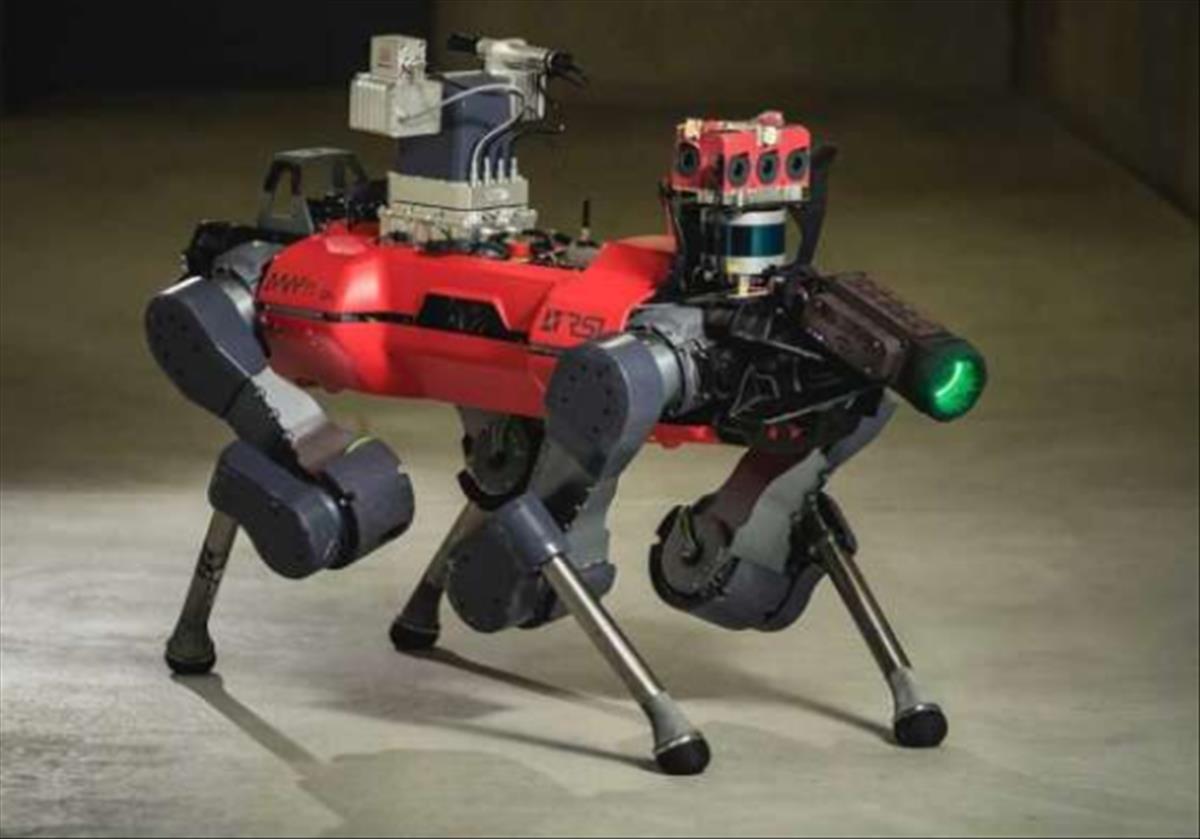GLIMPSE is a robot designed to explore, created at ETH Zurich and the University of Zurich, and is now ready for the necessary tests before launching it into space.
The idea is to send it to the moon to explore the region of the south pole of our satellite, although there is still a long way to go before that can happen. The south polar region may have many resources needed to create a moon base. From water to metals, we can talk about enough raw material to guarantee survival, but for that you have to explore it first, and the craters, together with the thick layers of dust, do not make the job easy.
That’s where the European Space Agency (ESA) and the European Space Resources Innovation Center come in, asking European and Canadian engineering teams to develop robots and tools capable of mapping and exploring the region between Shoemaker and Faustini craters.
GLIMPSE (Geological Lunar In-Situ Mapper and Prospector for Surface Exploration) is one of the thirteen robots competing in the contest, a kind of dog that can move through the terrain semi-autonomously on its four legs, with spectrometers to recognize different types of of rocks. It features a Raman spectrometer, a microscope and a camera with a zoom lens for general and close-up images. The first test was to navigate in an artificial lunar landscape, and he passed it successfully. He walked for just over two hours and they were analyzing data for an hour and a half more. In the test, the signal delay was simulated, and the connection with the robots was even completely lost at times.
There are five robots that have reached the final, the rest were discarded because they did not have enough lighting, or had problems with the batteries.
Most of the finalists have wheels or tracks, the GLIMPSE goes for four legs, and in this way has already won the 75,000 euros for the team, so that they can win the final that will take place in Luxembourg later this year.

